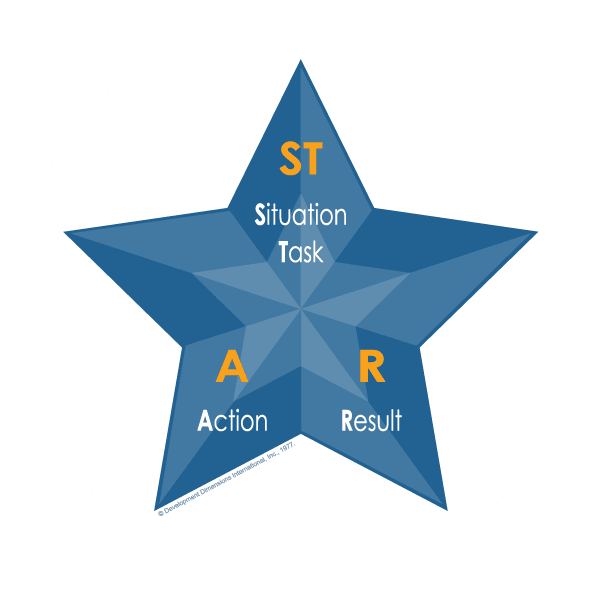
Any growing workplace thrives on a flow of employee feedback. In places where feedback only comes from the organization to the employee, workplace toxicity is likely to develop, causing an increase in employee turnover. Healthy work settings prioritize listening to employees over instructing them.
Qualtrics reveals in their research that 74% of employees are more effective in their workplace when they feel heard. Also, 34% of employees would rather find teams and companies where they can share their views and concerns with the management. All these show the level at which employees prioritize feedback. It increases their sense of importance and belonging to the organization.
Prioritizing feedback is only a step; following the right approach to doing this is even more important. There are organizations that prioritize employee listening and feedback collection but never get a good result from it, all because they use the wrong approach. Hence, this article seeks to provide a more holistic approach to getting employee feedback and acting on it through the STAR approach.
DDI invented this approach to receiving feedback from employees. It is a structured approach used to collect real-time and authentic feedback during interviews. The STAR approach is an acronym that stands for Situation, Task, Action, and Result. This approach helps individuals describe specific incidents clearly and concisely, making it easier to give and receive clear, actionable feedback. It describes the context or background of the situation, lists out each task and challenge involved in the situation, describes the action taken in response to the challenge, and provides details on the result of the actions.

Since many people are not aware of the STAR approach, the first step to implementing it is to explain to the employee what it means and how they should structure their feedback to fit into the format. Then, encourage them to describe a situation that challenged them at work, the task they needed to complete in that situation, the strategies they incorporated to come out of that situation, and the result of the strategy they chose to follow.
A manager suddenly notices that a lively and upbeat employee disconnects emotionally with the rest of the team, affecting his productivity and efficiency at work. He invites him to a closed interview to find out the reason for his lethargy and poor efficiency.
Manager: Is your work too challenging for you at the moment?
Employee: Yes
Manager: Can you describe one of the challenges you recently faced at work?
Employee: Yes. Recently, a client started placing too many demands on us, and we seemed not to satisfy him even as the deadline approached (Situation). Since I’m the team leader and need to ensure that my team members meet the deadline with a perfect job (Task), I placed the team on a daily standup meeting to keep everyone on their toes and cut off every extra-curricular activity to create more time to get the work done and more quickly (Action). In the process, there were some frictions and a loss of team commitment; we could not meet the deadline, and we lost the client (Result).
Manager: What do you think could have been done better?
Employee: I could have asked the right questions from the client when the project started instead of making assumptions about their needs. If we had done that, we would have gotten the job done perfectly before the deadline. Though realizing this hurts and makes me feel like an inefficient team leader, I’m learning to get better at my job.
Manager: Since you’ve realized where you missed it and this does not happen frequently, it means you are a good team leader. You should get back to work and be a more energetic person again. I should have also sent a document that provides a step-by-step method for getting this task done through the fastest route.
The feedback gotten from an employee interview depends on the approach and the result we seek to get from the process. Since feedback is usually collected to improve employee experience and organizational performance, the most important benefit of using the STAR approach is that it provides clarity to situations. It breaks down every form of ambiguity in employee feedback and reveals authentic pathways for problem-solving.
In the sample above, the manager recognized that the fault was not entirely from the team lead; he had also failed to empower the team with the necessary resources to get the job done.
Therefore, using the STAR approach helps the employee to self-reflect on a situation to find out where he had missed it and how he could have salvaged the situation. It also provides actionable insights on how to come out of similar situations, in the future.
Conclusively, the STAR approach is a holistic method that transforms the way feedback is received and acted upon in an organization. Encourage your team to adopt this method of collecting feedback and watch how it transforms the employee experience.